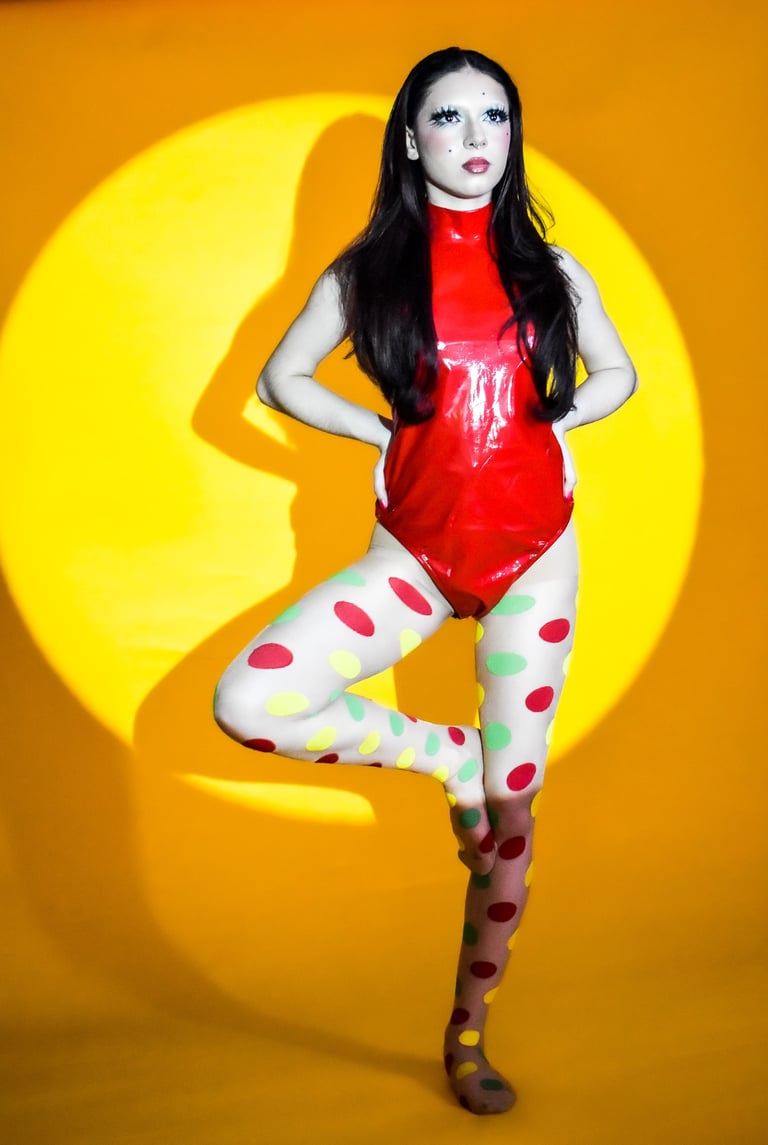Yayoi Kusama: The Spot-Spangled World of Japan’s Greatest Living Artist
By Kitty Quinn, Photographed by Milan Lazovski, Makeup by Kitty Quinn, Styled by Kitty Quinn & Milan Lazovski, Model: Izzy Parker
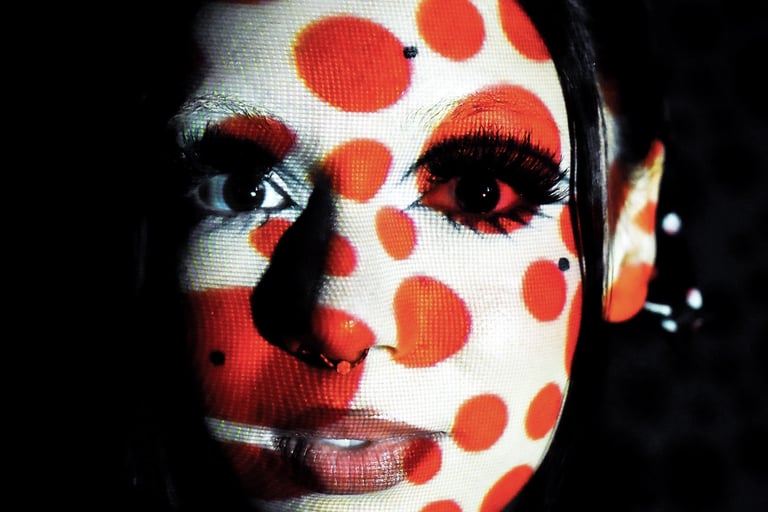

“I've sought for the truth of art with an ambition and fought like hell all my life to accomplish my purpose as a human being. Even after I finish my life, I'd like to keep telling posterity about my way of art” - Yayoi Kusama
Portraying galaxies of twinkling lights, dots with no focal point and a series of works leaving audiences dizzy and hypnotized, Japanese artist Yayoi Kusama has become an unmoving landmark in the world of art. In honor of Kusama’s recent collection with Maison Louis Vuitton, Starmaker Machine wanted to spotlight the creative mind that has not only broken barriers for art, politics and the perception of mental illness, but also has provided an endless influence on our own creative endeavors. Taking inspiration from her famous motif of dots, we interpreted them in a way unique to our vision in order to pay respect to this titan of art.
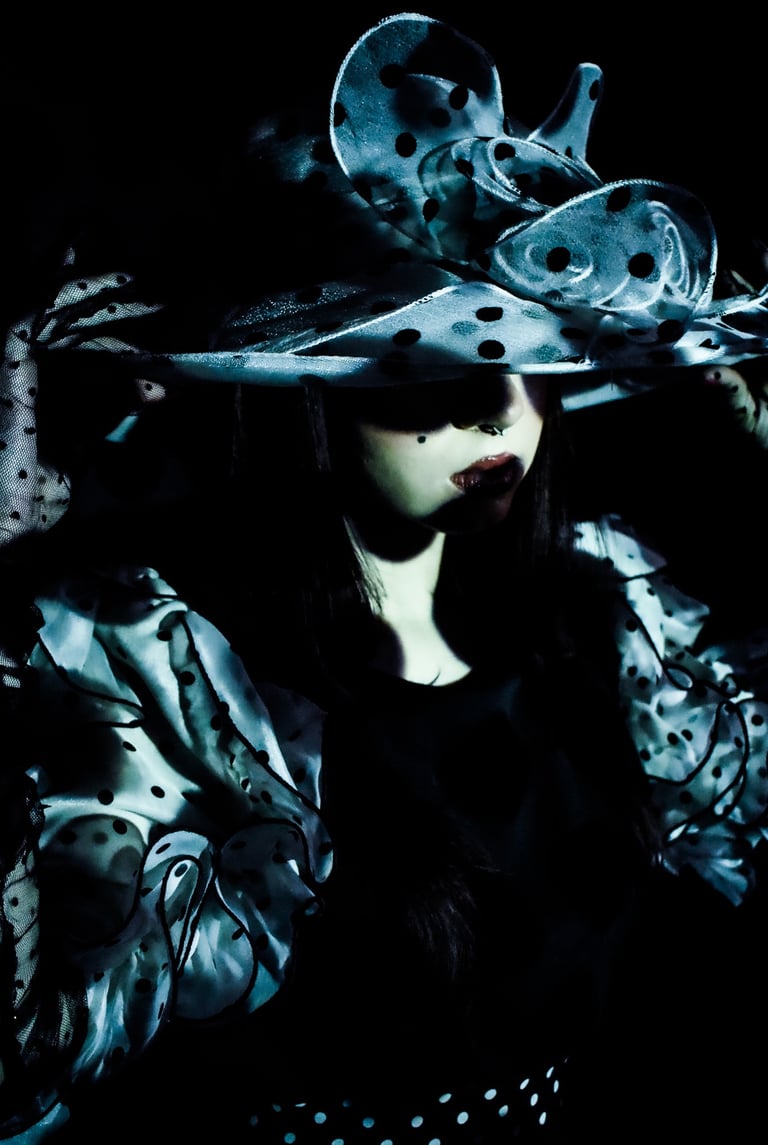

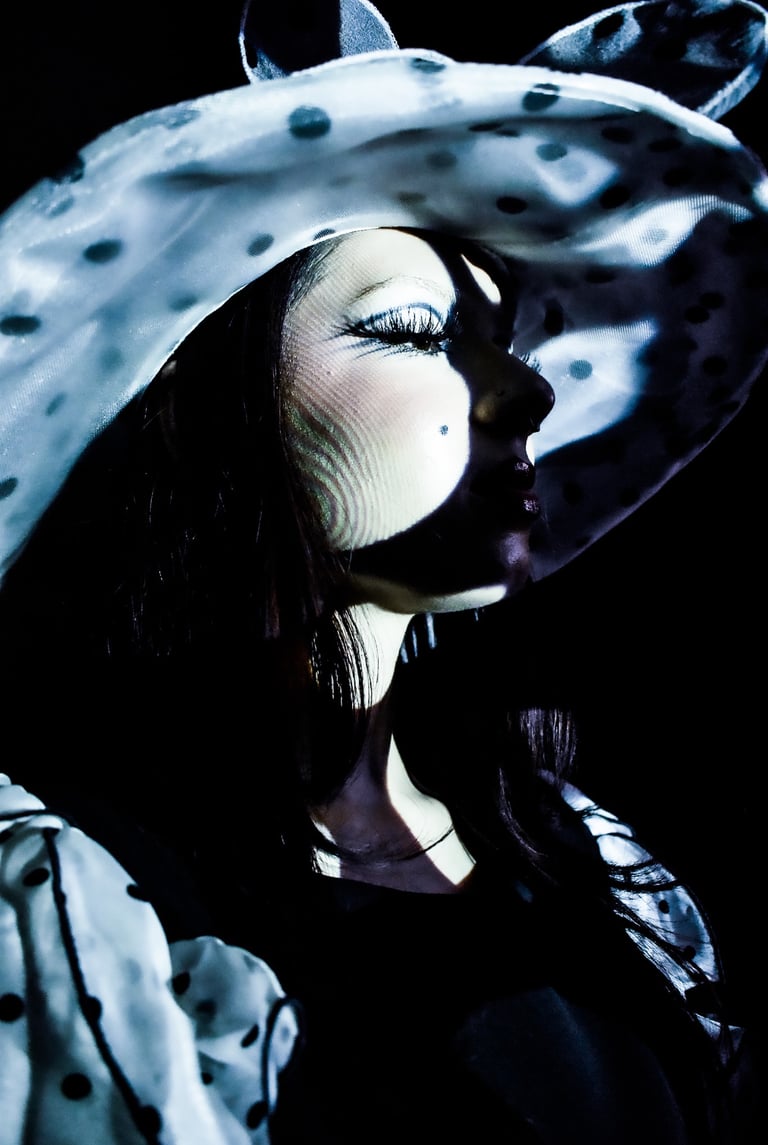

The youngest daughter of a family from Matsumoto located in central Japan, Yayoi Kusama was born on March 22nd, 1929. Despite her traditional upbringing in this mountainous region of Japan, it was clear from a young age that Kusama had an eye for the arts. Coming from a family of seed cultivators, her dreams to become a professional artist were not entirely supported. In particular, it’s said that her mother was discouraged by Kusama’s dream and made efforts to steer her daughter toward the conventional life of becoming a traditional housewife. Disapproval aside, Kusama was persistent— if her mother took her drawings away, she simply made more. Even in times when she could not afford to buy art supplies, she made do with what little she could find in her childhood home. Following the outbreak of World War II, Kusama, like all other school-aged children in her town, began working grueling twelve-hour days in a parachute factory. Despite this, she still managed to find the time and supplies to continue working toward her dream. As a teenager, Kusama began exhibiting her work and by the end of the war, she was able to convince her parents to let her go to Kyoto to study painting.
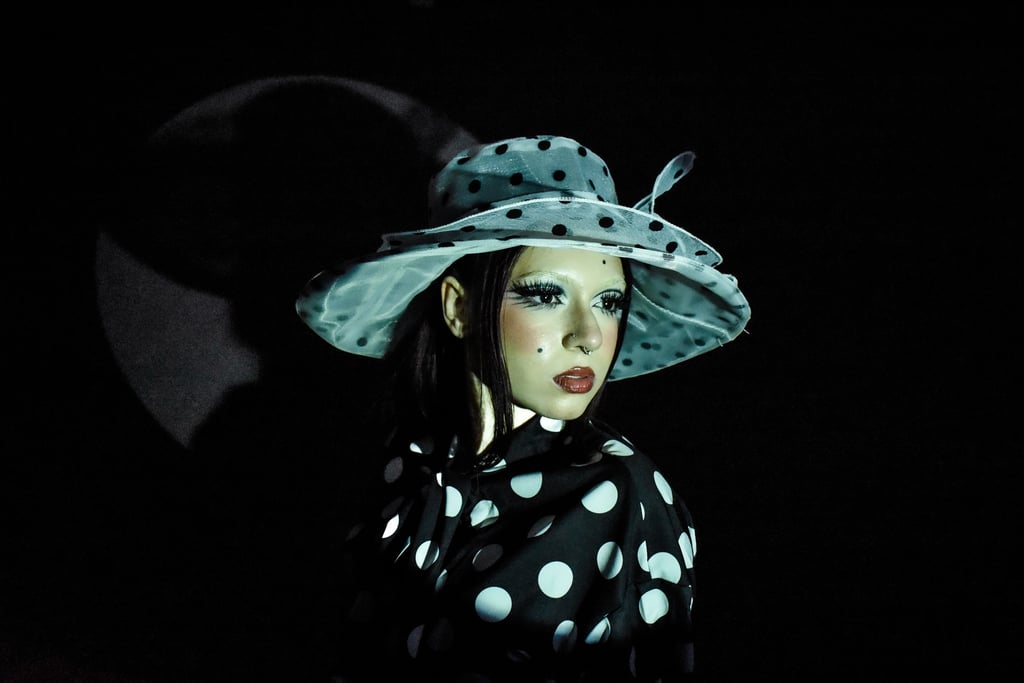

Being inspired by the American art phenomenon of abstract expressionism, Kusama migrated to New York City in 1958 and became an integral part of the city’s bustling avant-garde scene throughout the 1960s. She first came to public attention during the height of the hippie counterculture movement when she organized a performative exhibition in which multiple naked participants were painted with an array of brightly colored polka dots— later becoming a hallmark of Kusama’s work. It’s said that this integral part of her work can be attributed to Kusama’s obsessive compulsions; a struggle that the artist has been very open with throughout her career. Even during a time when taboo surrounded mental health, Kusama stated that her art was her way to deal with her struggles. Famously in 1977, Kusama migrated back to Japan where she checked herself into a mental health facility and has resided there ever since. Despite this, she has continued creating art to this day and works in a studio near her facility.
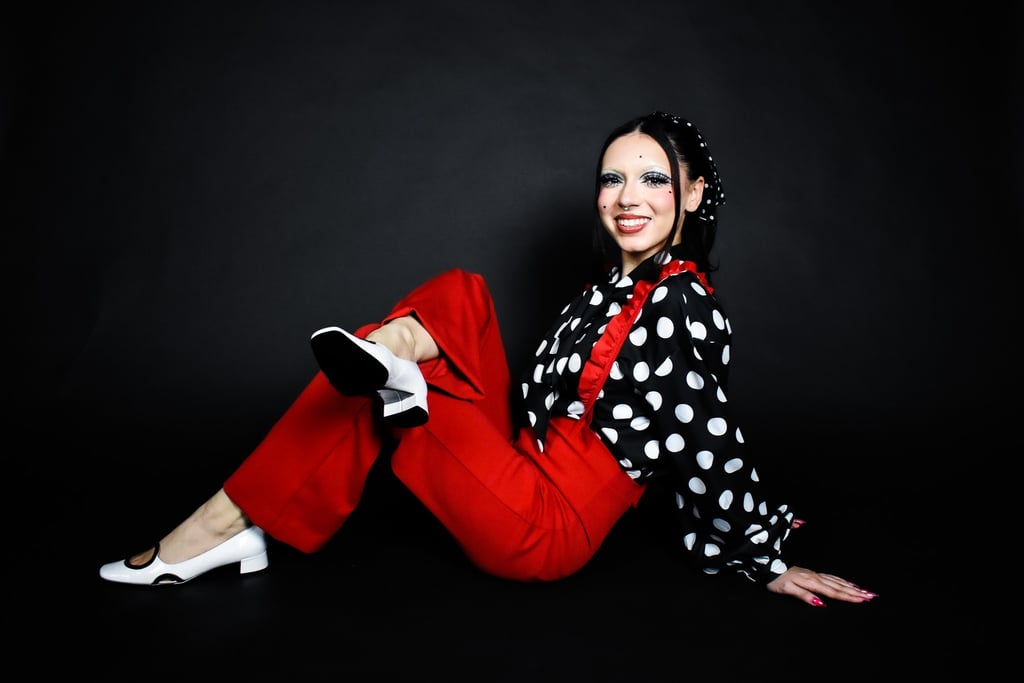



Revered Japan’s greatest living artist, it’s important to learn Kusama’s reason for creating art in order to begin to understand the meaning of her individual pieces. Throughout her career, she has created art in an impressive array of media ranging from painting to sculpture to film and countless others, and has even been credited for inspiring the likes of Andy Warhol during the burgeoning pop art movement. Now at the age of 93 years old, Kusama’s art has developed into a lovechild of surrealism, minimalism, abstraction and pop art, yet there is still not a single word that can define it. Kusama’s works, such as her Infinity Net pieces, were created as a way to immerse the viewer into her world of repetition and obsessions— especially since these pieces were created as a way for her to eliminate her intrusive thoughts. Her art has become described as a black hole, altering one’s perception of space and time as you walk through the endless polka dots, lights and mirrors utilized throughout her most famous pieces. This is speculated to be a result of Kusama's grappling to work through her feelings of never truly being in control of her life and a desire for audiences to find their own understanding of that through her work.


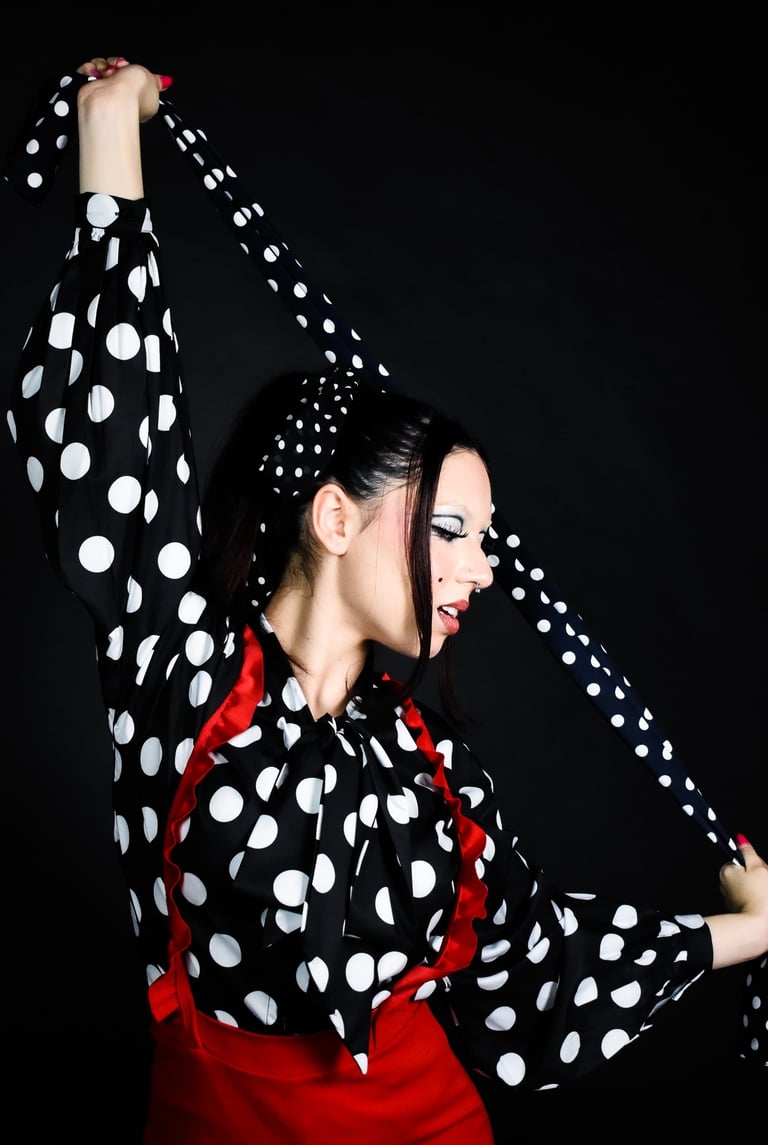

However, Kusama’s work has not always been about her mental health but has also proven to be highly political at times. Some of her earliest paintings display Kusama’s strong political conscience through her portrayal of bleak, war-torn landscapes in paintings such as Accumulation of Corpses and Earth of Accumulation, both dating 1950. Furthermore, during the Vietnam War, Kusama staged several demonstrations in New York where she performed peaceful protests through the mode of naked body paintings and love-ins. Her most well-known works during this time were referred to as Anatomic Explosion, the first of which was demonstrated across from the New York Stock Exchange where she stated, “The money made with this stock is enabling the war to continue. We protest this cruel, greedy instrument of the war establishment”. Following this Kusama wrote an open letter to President Richard Nixon which expressed that there is no way to eradicate violence by using more violence. Later, her anti-war efforts continued even during her return to Japan with her creation of several collages titled War, Tidal Waves of War and Graves of the Unknown Soldiers which featured heart-wrenching images from news magazines with pastel and watercolor overlaid. All of which, whether it be about mental health or politics, proves the true nuance weaved throughout the body of Kusama’s work, unlike any other artist.
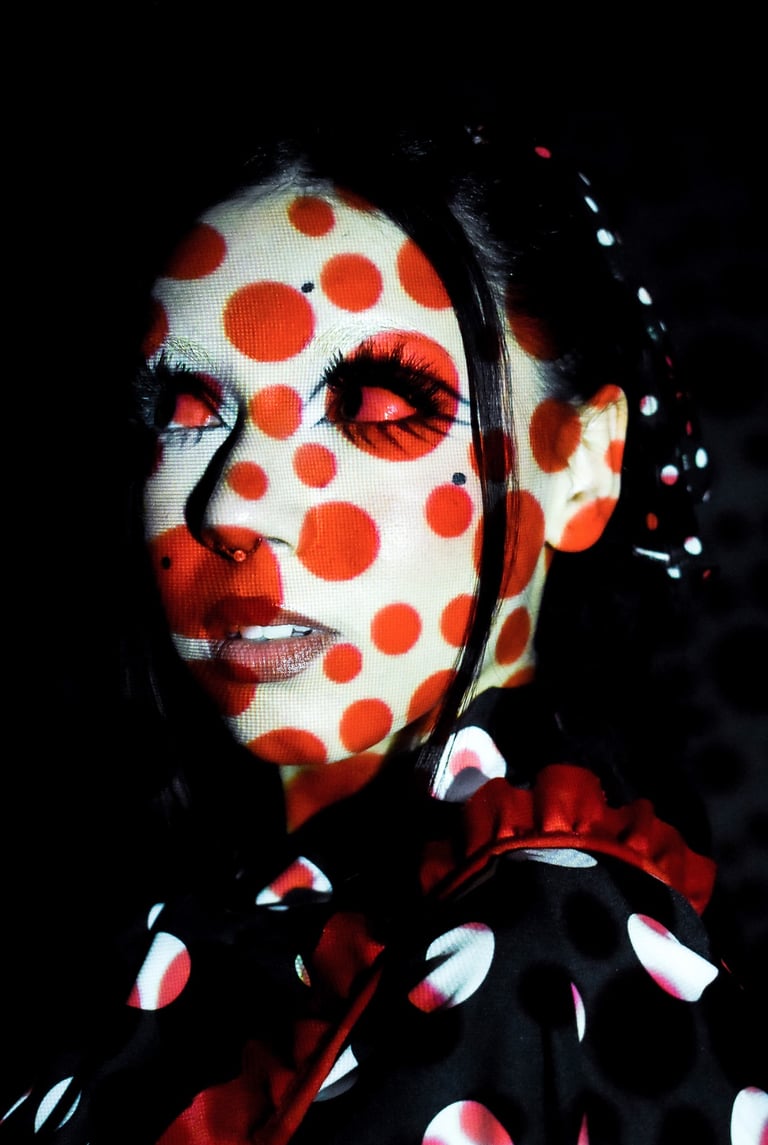

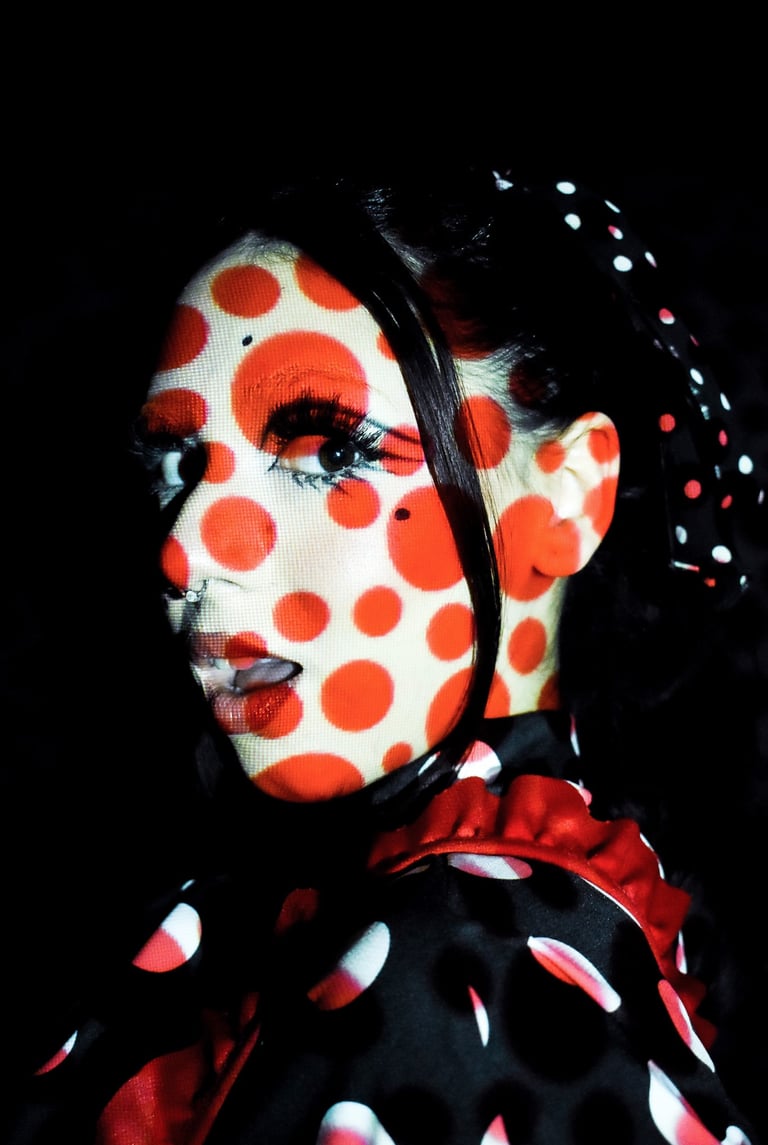

Never being one to shy from an opportunity to spread the outreach of her art, Kusama has partnered with Louis Vuitton for a second time to celebrate her life and work through the re-imagination of the fashion brand’s iconic pieces with her unique artistic flair. The collection features a vast array of Kusama’s most famous motifs such as her iconic dots, metal dots, infinity dots and psychedelic flowers in order to open the Japanese artist up to a new and exciting creative endeavor. By featuring internationally recognized models such as Bella Hadid, Gisele Bündgen, Anok Yai, Christy Turlington and several others, Kusama and the Maison hope to bring art and fashion to the younger generation and spark inspiration. In celebration of this collaboration, Harrods in London has been taken over by Kusama’s colorfully painted dots as well— the department store even showcases a variety of fun installations reminiscent of her work along with a dedicated pop-up.


From her humble beginnings in the rural mountains of Japan to becoming a renowned artist, Yayoi Kusama has enveloped her life in the power of her art through a strong belief in herself, tireless work and a dream to create a token of her life that could educate others on her passion. By creating art as therapy for her mental illness and openness throughout her career, Kusama broke barriers for the perception of mental health whether she knew it or not. At 93 with an undying ambition to live for her art, Kusama shows no signs of stopping, and for that, she has forever solidified herself as an icon within art history.
